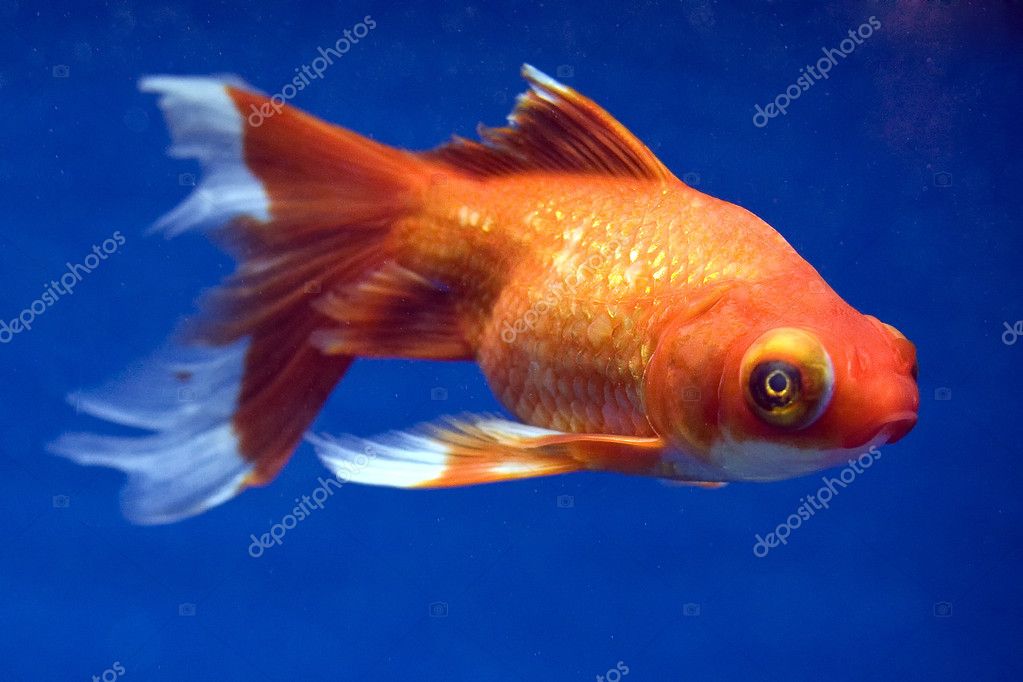
PET eyeshine regularly co-occurs with SAR eyeshine. Ambient light shines through the fundus and is seen as PET eyeshine from a wide range of directions. e PET eyeshine occurs when the RPE and choroid are (partially) unpigmented, and the eyes are in an exposed, dorsal position. d SAR eyeshine has similar properties and requirements as CTR, but is caused by the stratum argenteum, a distinct, cellular, reflective layer in the outer choroid. The choroidal tapetum can be cellular (specialised, reflective cells) or fibrous (regularly arranged, extracellular collagen fibres), both of which can generate strong retroreflection. For light to reach the tapetum, the RPE must transmit light at least partially (e.g., through melanosome motility). c In CTR eyeshine, the tapetum lucidum lies within the inner portion of the choroid. The eyes’ optics project the reflected light back to its source, an effect known as retroreflection. Tapetal reflection can be specular and/or diffuse.


b Retinal-tapetum-reflected (RTR) eyeshine is caused by an intracellular tapetum lucidum in the inner part of the RPE. Light reflection is only partial, specular, and both wavelength- and angle-dependent. a ICR eyeshine constitutes a case of iridescence produced by arrays of regularly arranged collagen fibres in the cornea. Based on the general mechanism, we broadly categorize the different types as either reflection-based (Fig. Figure 1 provides an overview of previously described types of eyeshine and the new type described in this study.

Some eyes, however, do not function strictly unidirectionally and may show stunningly bright pupils, from which light appears to be emitted by the eye, a phenomenon called eyeshine. This explains why the pupils of camera-type eyes are typically black. It absorbs excess light to prevent scattering within the eye and shields the photoreceptors against light coming from behind the eye, improving image contrast and resolution. Advanced visual abilities as in vertebrates, however, also depend on the presence of the melanin containing retinal pigment epithelium (RPE) behind the photoreceptors. Vision implies the presence of photoreceptors that absorb and transform light energy into a neural signal that can be interpreted by the brain. We discuss whether ONT eyeshine might affect visual performance, and speculate about possible functions such as predator detection, camouflage, and intraspecific communication. Nevertheless, its intensity varies considerably, depending on the specific combination and varying expression of common anatomical features. The generality of these factors and the lack of specifically adapted features implies that ONT eyeshine is widespread among small fish species. ONT eyeshine intensity benefits from locally reduced head pigmentation, a thin skull, the gap between eyes and forebrain, the potential light-guiding properties of the optic nerve, and, most importantly, a short distance between the head surface and the optic nerves. The study’s aim is to identify the factors that determine ONT eyeshine occurrence and intensity, and whether these are specifically adapted for that purpose. We characterize ONT eyeshine in the triplefin blenny Tripterygion delaisi (Tripterygiidae) in comparison to three other teleost species, using behavioural and anatomical observations, spectrophotometry, histology, and magnetic resonance imaging. We challenge this dogma by describing a previously unknown form of eyeshine resulting from light that enters the eye through the top of the head and optic nerve, eventually emanating through the pupil as a narrow beam: the Optic-Nerve-Transmitted (ONT) eyeshine. Most animal eyes feature an opaque pigmented eyecup to assure that light can enter from one direction only.


 0 kommentar(er)
0 kommentar(er)
